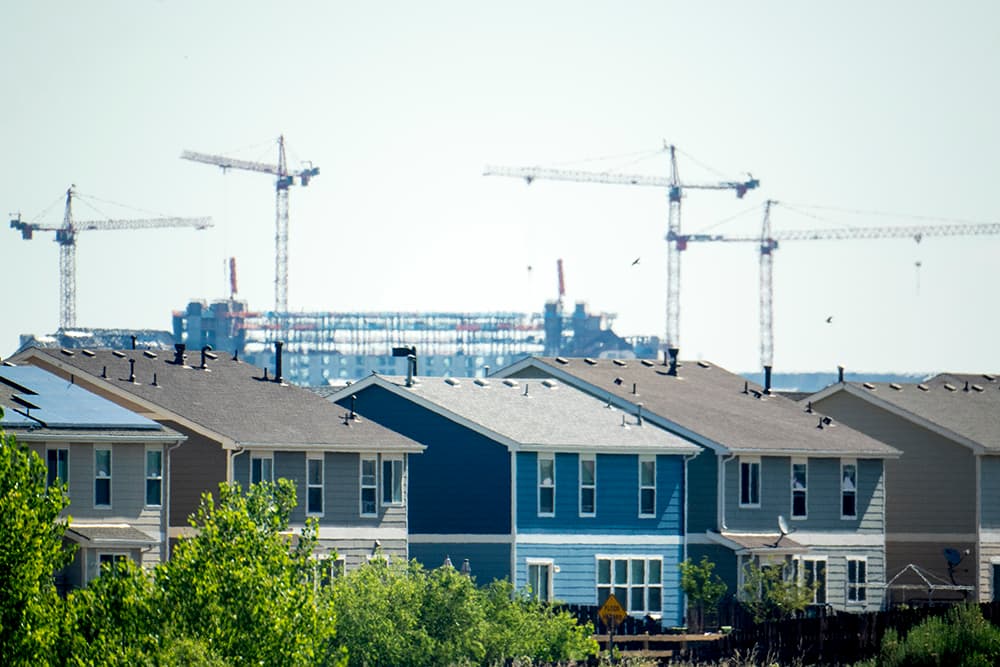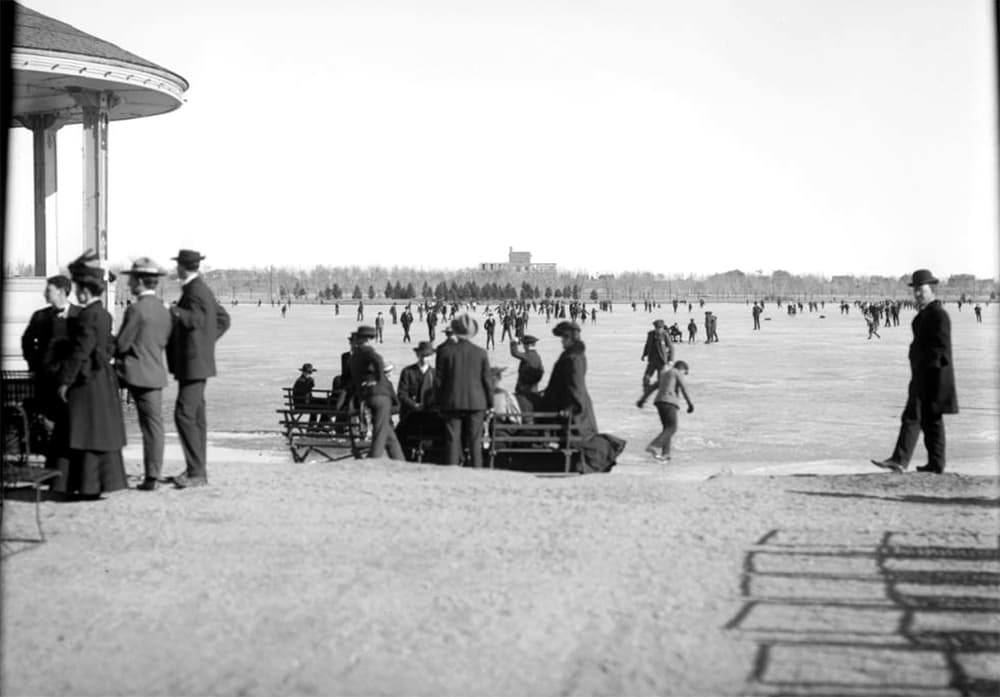
It's rare to hear anything good on the affordability of homes in the Denver metro area and unfortunately, that remains true with a recently released housing report from Harvard University.
Metro Denver is seeing an overall decline in affordable rental units and less than half of households can afford a median-priced single-family home in the area, according to the 2017 State of the Nation's Housing Harvard's Joint Center for Housing Studies published last month.
Overall, things look good in the sense the national housing market has by many measures returned to normal since the Great Recession nearly 10 years ago, according to a release from The Joint Center for Housing Studies.
Looks good, feels bad

"Housing demand, home prices and construction volumes are all on the rise, and the number of distressed homeowners has fallen sharply. However, along with strengthening demand, extremely tight supplies of both for-sale and for-rent homes are pushing up housing costs and adding to ongoing concerns about affordability," according to the release.
Denver, of course, is hearing those concerns about affordability.
Forty-four metro Denver communities were considered "high-poverty neighborhoods" in 2000 where at least a fifth of residents was in poverty. By 2015, that number more than doubled to 111 neighborhoods, according to the report.
As San Francisco-based Apartment List pointed out Wednesday in an analysis of the data, suburbs are seeing a rapid uptick in poverty. In the Denver suburbs, the number of high-poverty neighborhoods was six times higher from 2000 to 2015, going from one neighborhood to six.
Renters hit the hardest
The housing crunch seems to be hitting those renting homes especially hard, according to The Joint Center for Housing Studies.
In metro Denver, 48 percent of renters were spending more than 30 percent of their income on housing costs in 2015. That's compared to 23 percent of homeowners who were considered cost burdened, the data show.
"Despite a strong rebound in multifamily construction in recent years, the rental vacancy rate hit a 30-year low in 2016," the release states. "As a result, rent increases continued to outpace inflation in most markets last year. Although rent growth did slow in a few large metros — notably San Francisco and New York — there is little evidence that additions to rental supply are outstripping demand."
In some cases, the demand is disappearing low-rent units that go for less than $800 a month.
"Nearly half of the nation’s 100 largest metro areas posted absolute
declines in their stocks of low-rent units between 2005 and 2015," the report states. "Metros with the largest losses in percentage terms included Austin, Denver, Portland and Seattle, where supplies were down by a third or more."
Don't worry -- it's no cake walk for those looking to buy the median-priced $352,100 home without putting up more than 36 percent of their monthly income.
The data show only 48 percent of metro Denver households could afford a 5 percent down payment on a median-priced existing home as well as the corresponding property taxes and property and mortgage insurances.
Business & data reporter Adrian D. Garcia can be reached via email at [email protected] or twitter.com/adriandgarcia.
Subscribe to Denverite’s newsletter here.
CORRECTION: The top photo caption incorrectly identified that the homes are in Montbello, they are actually in Green Valley Ranch.












